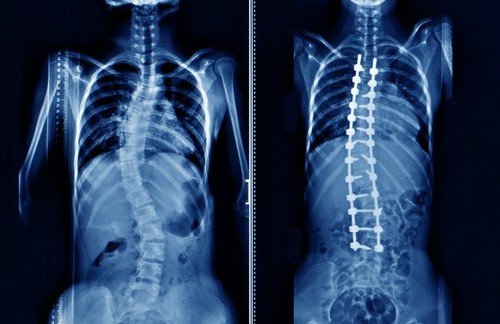
One of the most frequent orthopaedic operations in the US is back surgery. For patients, it can change their lives and is one of the most complicated procedures.
Although there are many various forms of back surgery, all lumbar spine (lower back) procedures share the same objective: to cure pain.
Although back surgery is not a panacea, it can be a very useful treatment for many people with severe or persistent back pain. Let’s talk about what lumbar spine surgery is, the various surgical procedures, their advantages and disadvantages, as well as where in Westlake and Avon you can go if you think you might need lumbar spine surgery.
What Is Lumbar Spine Surgery and Who Should Consider It?
Surgery on the lumbar spine, which is in the lower back, is referred to as lumbar spine surgery. This procedure is used to treat lower back pain, but it may also be used to treat radiating pain that affects the legs and/or hips.
After a patient has attempted conservative pain management techniques like physical therapy, chiropractic care, painkillers, and other noninvasive approaches, it is typically performed as a last resort. Additionally, surgery is often only recommended for those who experience excruciating pain that interferes with daily activities.
Types of Lumbar Spine Surgery
Lumbar Decompression
Decompression surgery is the most popular kind of lumbar spine surgery. The purpose of this procedure is to relieve pressure that could cause discomfort by pressing against the spinal cord and nerves. The surgeon will perform a laminectomy or microdiscectomy to remove a part of the bone or disc that is pushing on the spinal cord or nerves.
Lumbar Fusion
Another typical lumbar spine procedure is lumbar fusion surgery. The goal of this procedure, which joins two or more vertebrae together, is often to stabilise the spine and alleviate discomfort.
To help the vertebrae fuse together, the surgeon may utilise cages, metal rods, screws, or bone grafts. To aid in the spontaneous fusion healing, the disc between the vertebrae that are being fused together will be removed.
Benefits of Low-Back Surgery
Surgery on the lumbar spine is mostly performed to treat pain, though it can also enhance quality of life and function. In some circumstances, low back surgery may even help to stop the spine from suffering additional harm. In order to prevent the vertebrae from grating against one another as the spine’s discs deteriorate, lumbar fusion, for instance, is frequently done on patients with advanced degenerative disc disease (DDD) in the low back.
Risks of Lumbar Surgery
The difficult technique of lumbar spine surgery carries a number of possible hazards and issues, such as bleeding, infection, blood clots, and nerve injury. Additionally, there is a chance that the surgery won’t be successful or that the area will re-injure.
- Tags:
- Lumbar Spine Surgery
